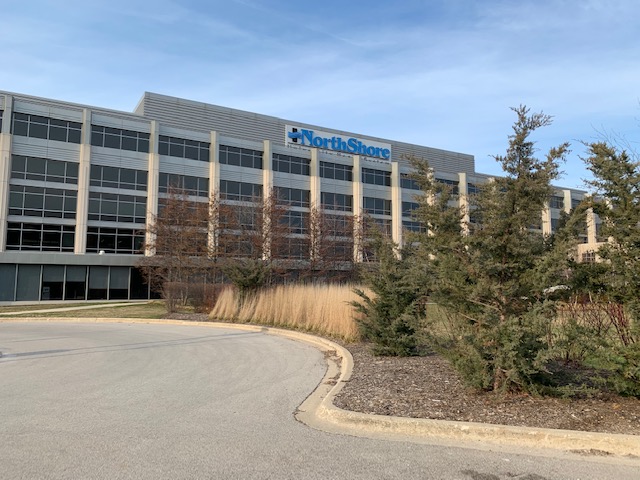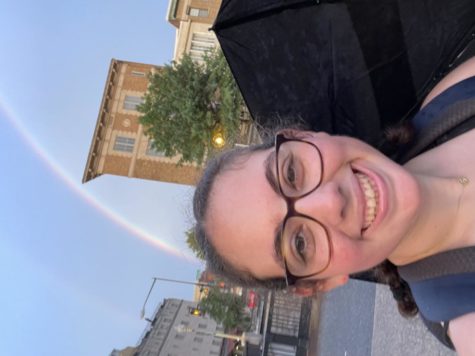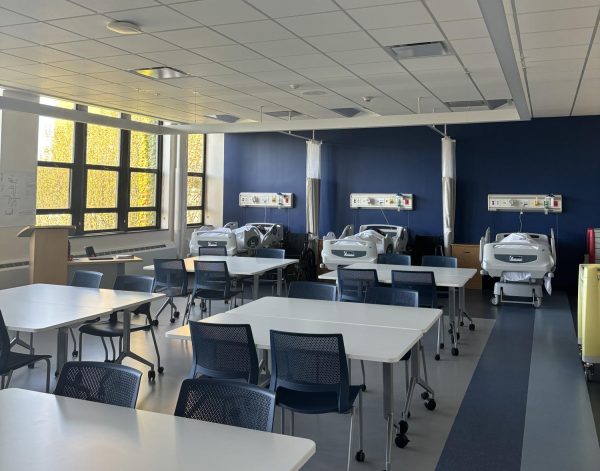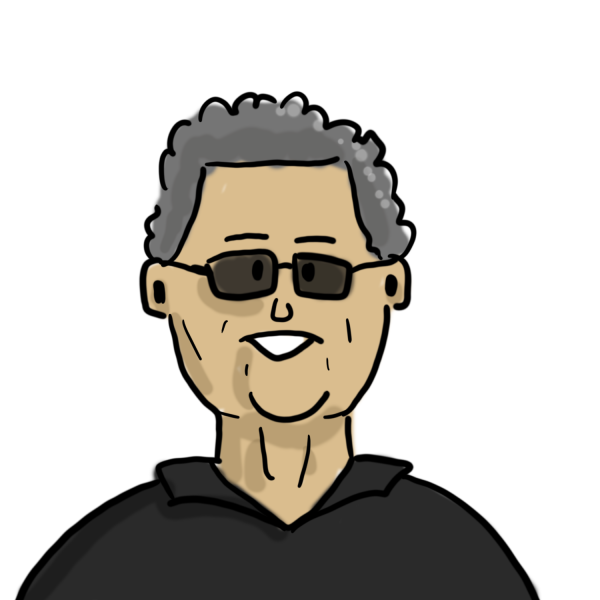Evanstonians react amidst COVID-19 third wave
December 14, 2020
America’s third nation-wide surge of COVID-19 cases, dubbed the “third wave,” started in mid-November and has led to the reimplementation of statewide Tier 3 mitigation strategies, such as limiting gatherings, decreasing store and restaurant capacities and encouraging citizens to stay home whenever possible. Illinois Governor J.B. Pritzker announced Friday, Nov. 13 that Illinois would be moving back to Tier 3 mitigations in an attempt to lower the positivity rate and COVID-19 case numbers. Communities are re-entering lockdowns and taking extra precautions.
In response to the third wave of cases and Governor Pritzker’s announcement of the implementation of further mitigation measures, ETHS announced on Nov. 18 the suspension of winter athletics beginning Nov. 20. The suspension of winter sports includes boys and girls basketball, boys and girls bowling, cheerleading, girls gymnastics, Pom Kits, boys swimming and diving, fencing club and the table tennis club.
“I’m kind of disappointed… because I think it would have been really nice to have a season, but I do believe it was the right decision because of the rising cases. I don’t think it would have been worth the risk if we were to continue with a normal season,” senior Livia Fredrick said.
According to an update from the Illinois High School Association (IHSA), a decision for starting lower-risk winter sports will be made by Dec. 14 while still in compliance with Tier 3 restrictions. However, this means the season may not happen at all.
In the broader Evanston community, many residents are receptive to mitigation efforts and guidelines.
“As far as I know, students [at Northwestern] have been doing a good job in terms of wearing masks and social distancing and stuff like that,” Mac Stone, a sophomore at Northwestern, said. “I think the goal for Northwestern is going to be testing, especially if they decide to bring more students back this winter.”
Currently, the positivity rate on campus is 0.85 percent with a total of 71,754 COVID-19 tests performed since Aug. 20. Only juniors and seniors at Northwestern are allowed on-campus, a restriction that has the potential to change depending on how Evanston responds in the coming weeks to the wave of cases. Northwestern classes are set to resume with remote classes for most academic programs on Jan. 4, 2021.
As of Dec.11, there are 15 vaccines in the large-scale efficacy trial stage, five vaccines that are approved for limited or early use. Among the vaccines are Moderna and Pfizer-BioNTech vaccine, which was approved by the Food and Drug Administration on the night of Dec. 11. The Pfizer-BioNTech vaccine works by using new vaccine technology with mRNA molecules to target the genetic material within COVID-19 cells and breaks up the spike-proteins to then be targeted by peoples’ immune systems. Even so, the vaccines are not without challenges including transportation and distribution made difficult by requirements for ultra-cold refrigeration.
“The vaccines are not a cure-all… both vaccines have a limitation, [in] that they require two vaccinations. So vaccination compliance is already hard enough with just one, but when you have a series vaccine, getting people to come back within the appropriate time period to get that other one is difficult for compliance,” Sarah S., a nurse on the cardiac and COVID-19 floor of a Chicago hospital, commented. “It’s even more difficult when you look at issues such as transportation, rural America. How do you roll it out? How do you get people to go to a community clinic? [The Pfizer vaccine] has to be under extremely cold temperatures storage wise, you have the issue of how do you ship it how do the places that receive it, store it, and in larger cities that have more money and more resources not quite great as an issue, but as you spread out through rural America. It becomes just overwhelmingly difficult.”
The vaccines do not have the means to completely stop this wave. To end the surge, mask-wearing and social distancing are also important, and people have been complying with recent guidelines and wearing masks in highly populated settings, such as grocery stores. In some cases, the source of infection is smaller indoor gatherings without masks.
“However, just in purely my own observation, most cases of COVID transmission are coming from smaller gatherings that are indoor where people aren’t wearing masks, as we head into the holiday season I don’t see that becoming less, I see it becoming more prevalent… My worry is that we as healthcare workers are becoming overwhelmed in the hospital,” Sarah S. said.
With the continuous spread of COVID-19 and many questions left unanswered, Illinois has much work to do before seeing the end of this wave.
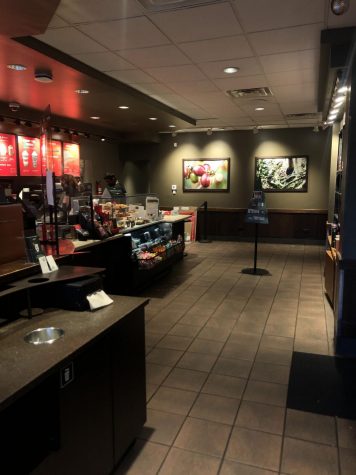
“Hopefully, the new vaccinations will start rolling out. Realistically, I don’t see them being used in any effect that would help with the highest risk populations, which are healthcare workers and the elderly, until probably February or March,” Sarah S. said. “I’m hoping, by May, we’re kind of rounding a corner, and the surge is over.”


